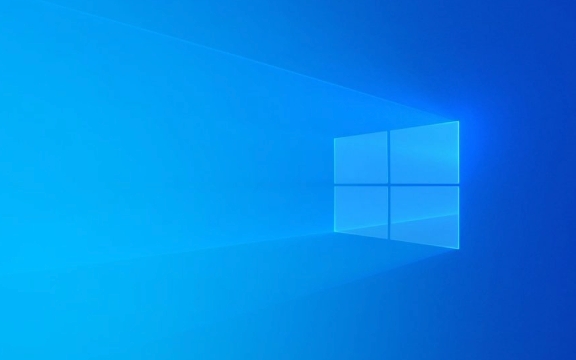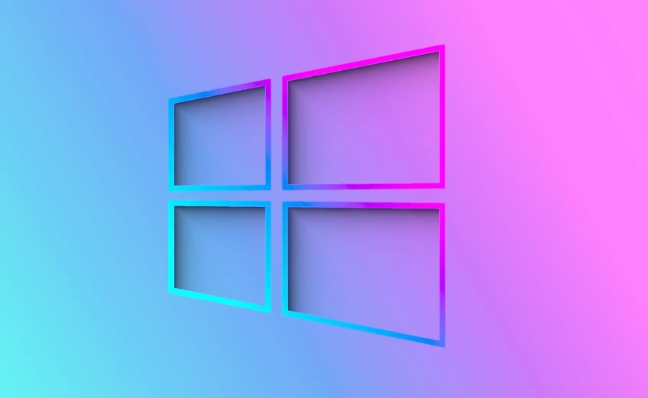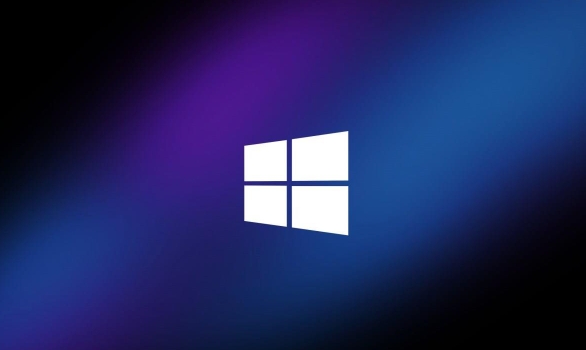Snipping Tool tips include selecting the appropriate screenshot mode, utilizing the labeling function, and setting the default mode. First, select rectangular screenshots, arbitrary shape screenshots, window screenshots or full screen screenshots according to the scene; secondly, after the screenshot, you can use brushes, highlighters and text tools to mark them; finally, you can set the default screenshot mode and master the shortcut keys to improve efficiency.

Snipping Tool is a screenshot tool that comes with Windows, which is simple to operate and practical. Many people only know the basic usage, but in fact there are some small tips that can improve the user experience. Let’s talk about how to use it well.

Screenshot mode selection is important
Snipping Tool provides several screenshot modes, namely rectangular screenshots, arbitrary shape screenshots, window screenshots and full screen screenshots. Selecting the right mode in different scenarios can save time. For example, if you want to screen a pop-up window, using "Window Screenshot" directly will be more accurate than selecting a manual box.
- Rectangle screenshot: Most commonly used, suitable for screenshots of a fixed area
- Screenshot of any shape: Suitable for irregular areas, but the edges may not be clear enough
- Window screenshot: Automatically identify window boundaries after clicking, suitable for software interface
- Full screen screenshot: suitable for demonstration or recording the entire screen status
Don't ignore the label after screenshot
After the screenshot is completed, the Snipping Tool will automatically open the editing interface. Many people save the screenshot directly after taking it. In fact, they can use the labeling function inside to make some simple explanations. For example, use a brush to circle the key points, use a highlight pen to mark the key information, and even add comments with text tools. Although these operations are simple, they are very useful when sharing or reporting.

In addition, if you find that there is no complete screen after the screenshot, you can click "New" to re-screen, so as not to affect the previous content. The undo function of the editing interface is also very useful, but be careful not to support multiple-step undoing, so be careful when operating.
Setting the default screenshot mode is more efficient
If you often use a certain screenshot method, you can set the default mode so that every time you open the Snipping Tool, you will directly enter the mode you choose without manually switching every time. The setting method is to click "Options" in the tool interface, and then select the default screenshot mode under the "General" tab.

In addition, Snipping Tool supports shortcut key operations, such as pressing Esc to cancel the screenshot, pressing Ctrl PrtScn to directly enter the full screenshot. Proficient in these shortcut keys can improve efficiency.
Basically all that is it. Although the Snipping Tool doesn’t have many functions, it’s quite convenient to use it well.
The above is the detailed content of How to use Snipping Tool on Windows?. For more information, please follow other related articles on the PHP Chinese website!

Hot AI Tools

Undress AI Tool
Undress images for free

Undresser.AI Undress
AI-powered app for creating realistic nude photos

AI Clothes Remover
Online AI tool for removing clothes from photos.

Clothoff.io
AI clothes remover

Video Face Swap
Swap faces in any video effortlessly with our completely free AI face swap tool!

Hot Article

Hot Tools

Notepad++7.3.1
Easy-to-use and free code editor

SublimeText3 Chinese version
Chinese version, very easy to use

Zend Studio 13.0.1
Powerful PHP integrated development environment

Dreamweaver CS6
Visual web development tools

SublimeText3 Mac version
God-level code editing software (SublimeText3)
 How to Change Font Color on Desktop Icons (Windows 11)
Jul 07, 2025 pm 12:07 PM
How to Change Font Color on Desktop Icons (Windows 11)
Jul 07, 2025 pm 12:07 PM
If you're having trouble reading your desktop icons' text or simply want to personalize your desktop look, you may be looking for a way to change the font color on desktop icons in Windows 11. Unfortunately, Windows 11 doesn't offer an easy built-in
 Fixed Windows 11 Google Chrome not opening
Jul 08, 2025 pm 02:36 PM
Fixed Windows 11 Google Chrome not opening
Jul 08, 2025 pm 02:36 PM
Fixed Windows 11 Google Chrome not opening Google Chrome is the most popular browser right now, but even it sometimes requires help to open on Windows. Then follow the on-screen instructions to complete the process. After completing the above steps, launch Google Chrome again to see if it works properly now. 5. Delete Chrome User Profile If you are still having problems, it may be time to delete Chrome User Profile. This will delete all your personal information, so be sure to back up all relevant data. Typically, you delete the Chrome user profile through the browser itself. But given that you can't open it, here's another way: Turn on Windo
 How to fix second monitor not detected in Windows?
Jul 12, 2025 am 02:27 AM
How to fix second monitor not detected in Windows?
Jul 12, 2025 am 02:27 AM
When Windows cannot detect a second monitor, first check whether the physical connection is normal, including power supply, cable plug-in and interface compatibility, and try to replace the cable or adapter; secondly, update or reinstall the graphics card driver through the Device Manager, and roll back the driver version if necessary; then manually click "Detection" in the display settings to identify the monitor to confirm whether it is correctly identified by the system; finally check whether the monitor input source is switched to the corresponding interface, and confirm whether the graphics card output port connected to the cable is correct. Following the above steps to check in turn, most dual-screen recognition problems can usually be solved.
 Want to Build an Everyday Work Desktop? Get a Mini PC Instead
Jul 08, 2025 am 06:03 AM
Want to Build an Everyday Work Desktop? Get a Mini PC Instead
Jul 08, 2025 am 06:03 AM
Mini PCs have undergone
 Fixed the failure to upload files in Windows Google Chrome
Jul 08, 2025 pm 02:33 PM
Fixed the failure to upload files in Windows Google Chrome
Jul 08, 2025 pm 02:33 PM
Have problems uploading files in Google Chrome? This may be annoying, right? Whether you are attaching documents to emails, sharing images on social media, or submitting important files for work or school, a smooth file upload process is crucial. So, it can be frustrating if your file uploads continue to fail in Chrome on Windows PC. If you're not ready to give up your favorite browser, here are some tips for fixes that can't upload files on Windows Google Chrome 1. Start with Universal Repair Before we learn about any advanced troubleshooting tips, it's best to try some of the basic solutions mentioned below. Troubleshooting Internet connection issues: Internet connection
 How to clear the print queue in Windows?
Jul 11, 2025 am 02:19 AM
How to clear the print queue in Windows?
Jul 11, 2025 am 02:19 AM
When encountering the problem of printing task stuck, clearing the print queue and restarting the PrintSpooler service is an effective solution. First, open the "Device and Printer" interface to find the corresponding printer, right-click the task and select "Cancel" to clear a single task, or click "Cancel all documents" to clear the queue at one time; if the queue is inaccessible, press Win R to enter services.msc to open the service list, find "PrintSpooler" and stop it before starting the service. If necessary, you can manually delete the residual files under the C:\Windows\System32\spool\PRINTERS path to completely solve the problem.
 How to run Command Prompt as an administrator in Windows 10?
Jul 05, 2025 am 02:31 AM
How to run Command Prompt as an administrator in Windows 10?
Jul 05, 2025 am 02:31 AM
To run command prompts as administrator, the most direct way is to search through the Start menu and right-click "Run as administrator"; secondly, use the Win X shortcut menu to select "Command Prompt (Administrator)" or "Windows Terminal (Administrator)"; you can also open the run window through Win R and enter cmd and press Ctrl Shift Enter to force running as administrator; in addition, you can set shortcut properties to achieve automatic running as administrator. All the above methods require administrator permission and confirmation through UAC. Pay attention to security risks during operation.







